‘Kogin-sashi’, Japanese Needlework that’s Made to Last
Women in remote villages in the Tsugaru region that receives heavy snowfall were the first to start producing this hard-wearing needlework.
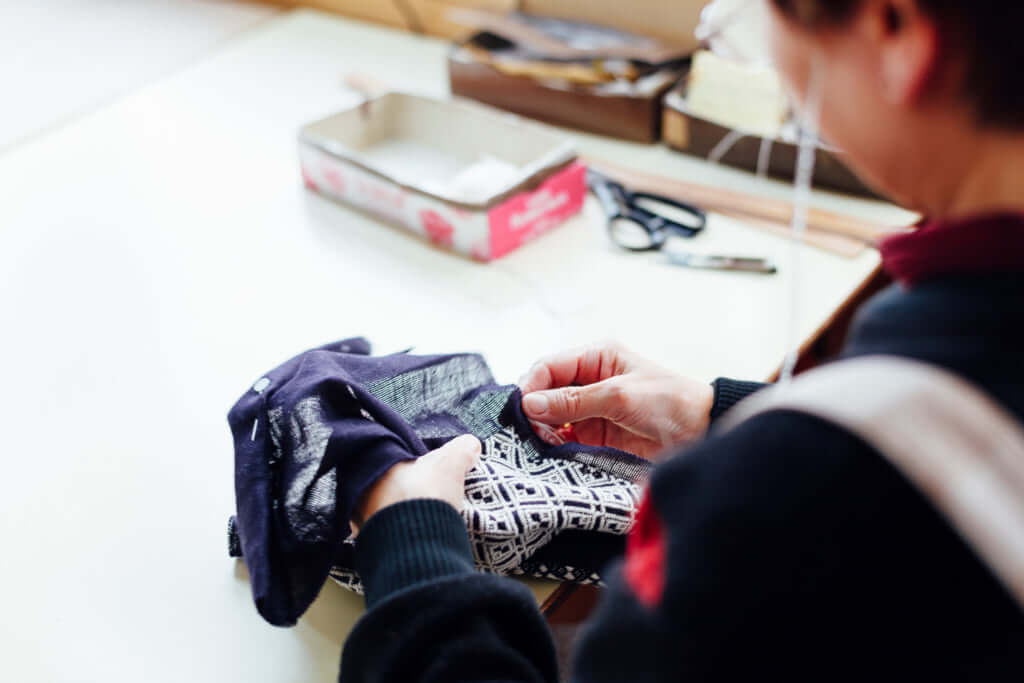
© Hirosaki Kogin Laboratory
Kogin-sashi is a kind of sashiko needlework, which is a form of traditional embroidery done by hand and developed during the Edo period. Historically, kogin-sashi was used to repair or ‘decorate’ an old, worn-out piece of clothing.
From the functional to the aesthetic
Farmers developed the technique, invented by women in the Tsugaru region in Aomori prefecture, northern Japan, out of necessity: they needed to make their hemp garments warmer and more durable. This activity then became more widespread.
As time passed, the function of kogin-sashi became purely aesthetic. The basic pattern used is called modoko and comes in around forty different kinds. These can be combined to create bigger and more ambitious geometric patterns. Japanese Brand Tohoku Standard, which makes its clothes by hand, continues the tradition by making garments using this technique.
More information can be found on the Hirosaki Kogin Institute’s website.
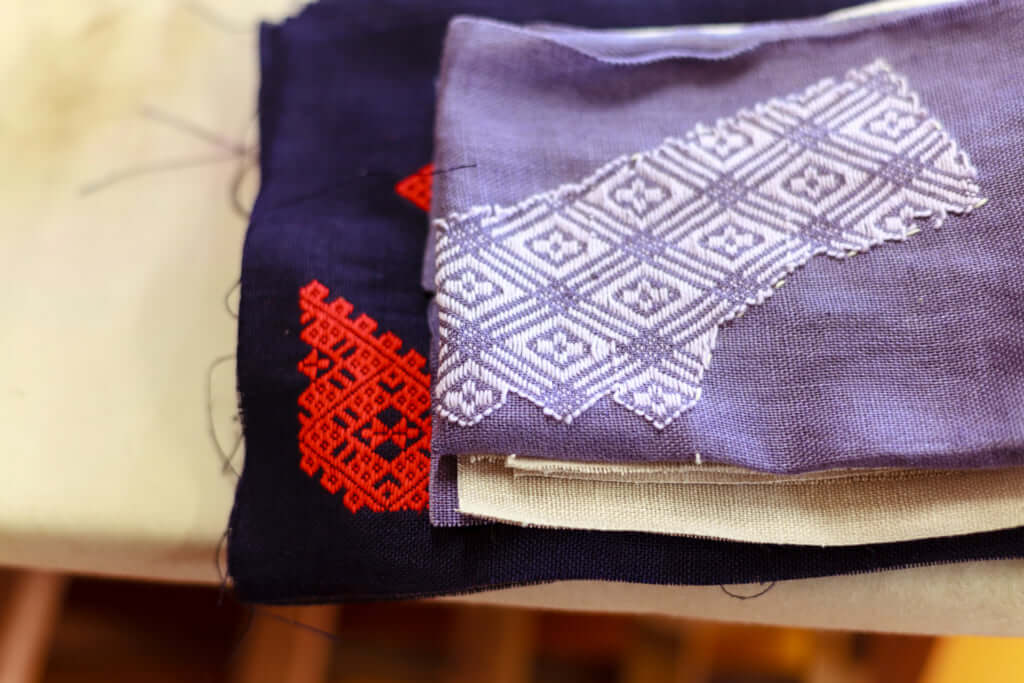
© Hirosaki Kogin Laboratory

© Hirosaki Kogin Laboratory
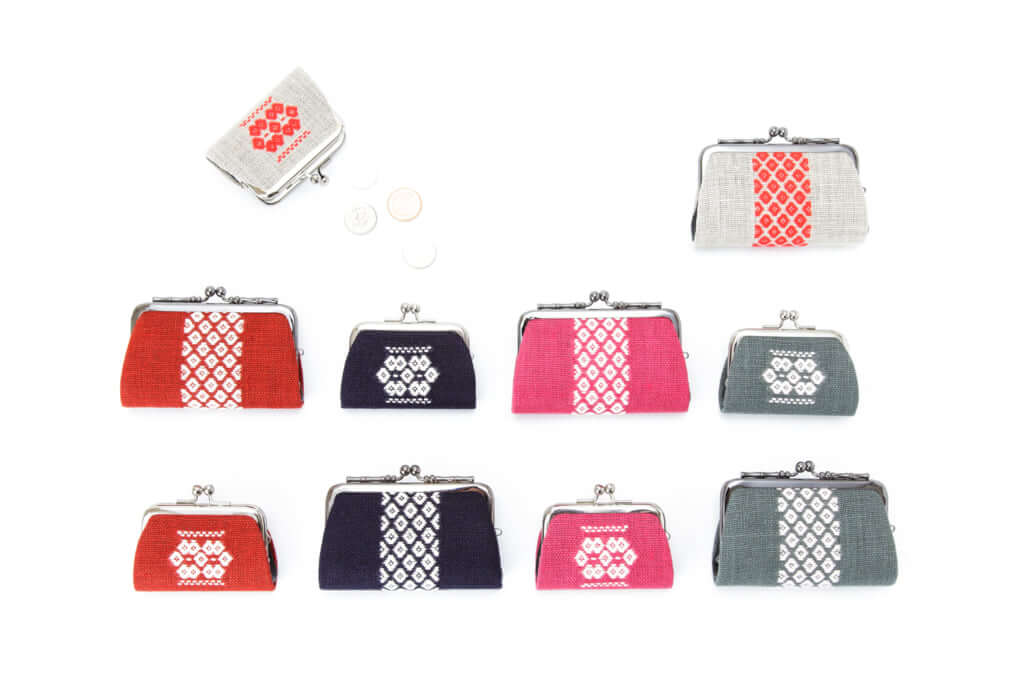
© Hirosaki Kogin Laboratory
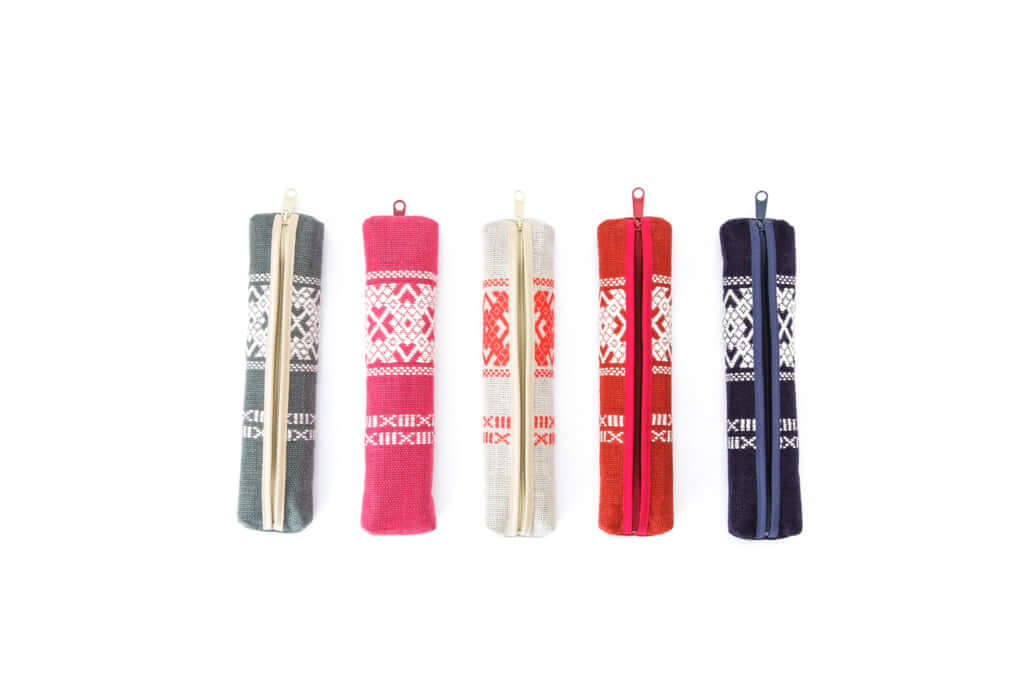
© Hirosaki Kogin Laboratory
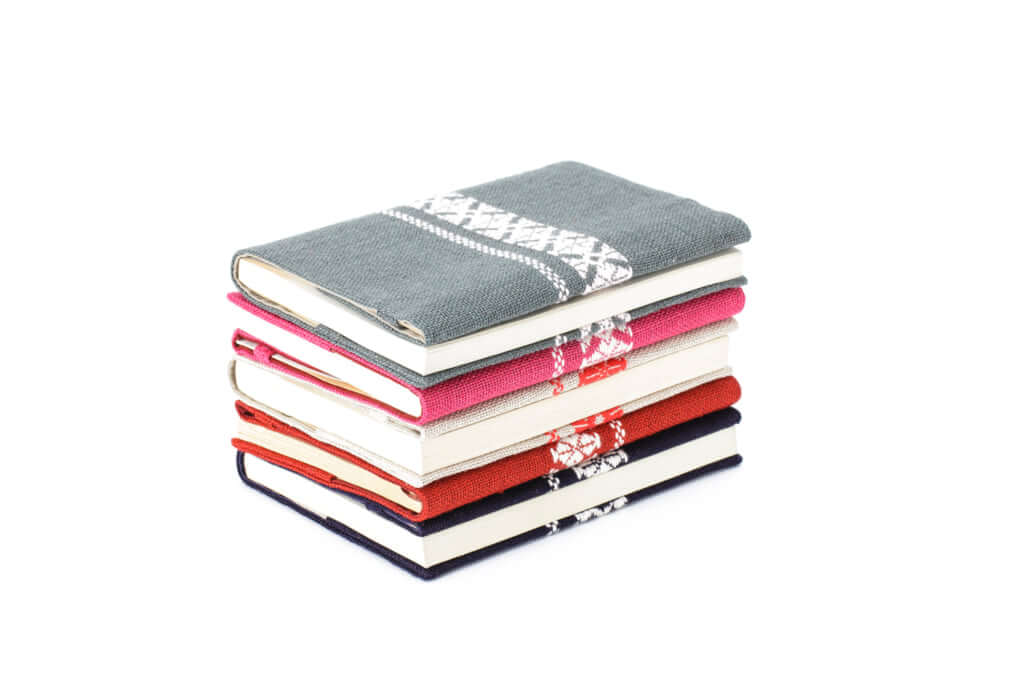
© Hirosaki Kogin Laboratory
TRENDING
-
A House from the Taisho Era Reveals Its Secrets
While visiting an abandoned building, Hamish Campbell discovered photographs the owner had taken of the place in the 1920s.

-
The Taboo-Breaking Erotica of Toshio Saeki
The master of the 1970s Japanese avant-garde reimagined his most iconic artworks for a limited box set with silkscreen artist Fumie Taniyama.

-
With Meisa Fujishiro, Tokyo's Nudes Stand Tall
In the series 'Sketches of Tokyo', the photographer revisits the genre by bringing it face to face with the capital's architecture.

-
Masahisa Fukase's Family Portraits
In his series ‘Family’, the photographer compiles surprising photos in which he questions death, the inescapable.

-
Hajime Sorayama's Futuristic Eroticism
The illustrator is the pioneer for a form of hyperrealism that combines sensuality and technology and depicts sexualised robots.





